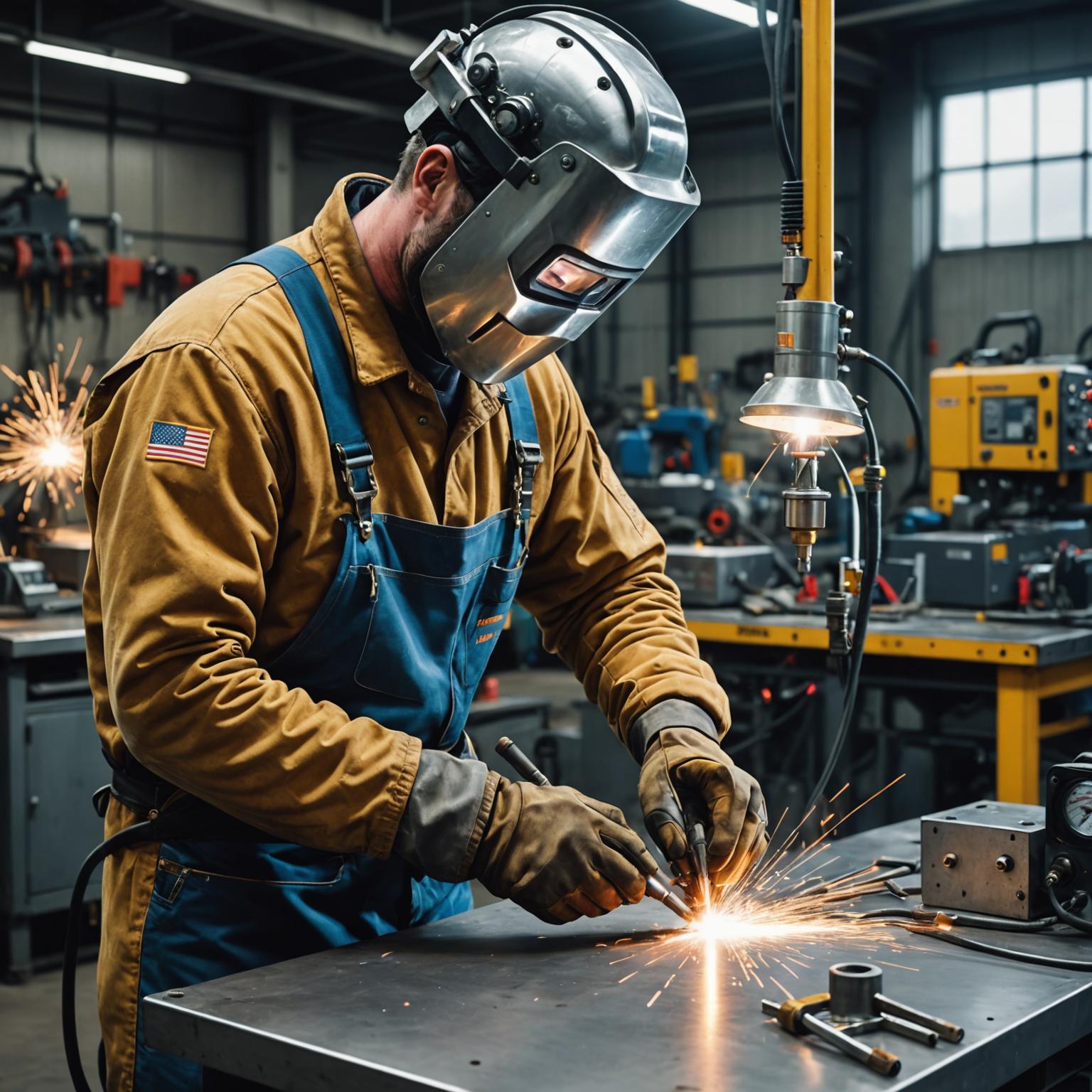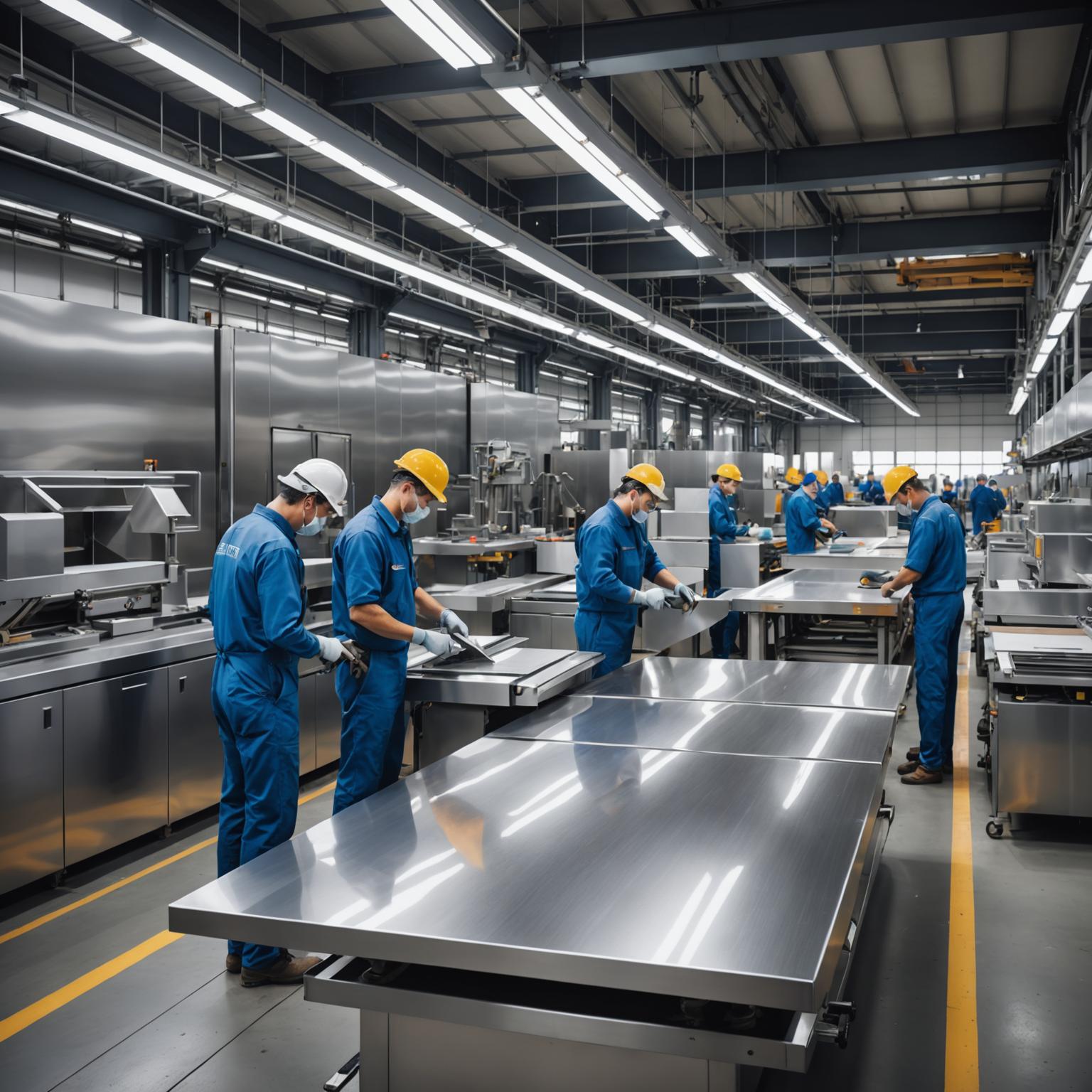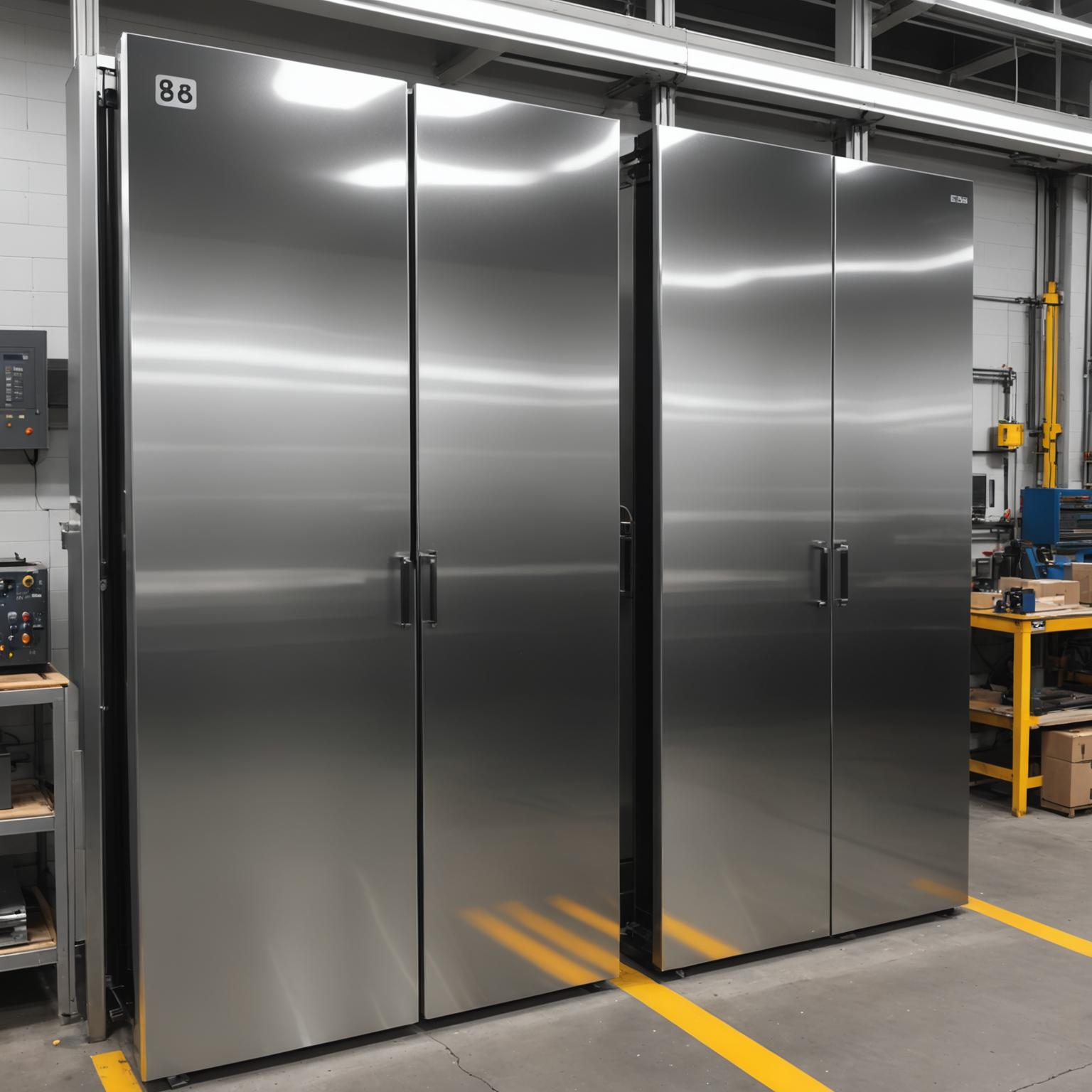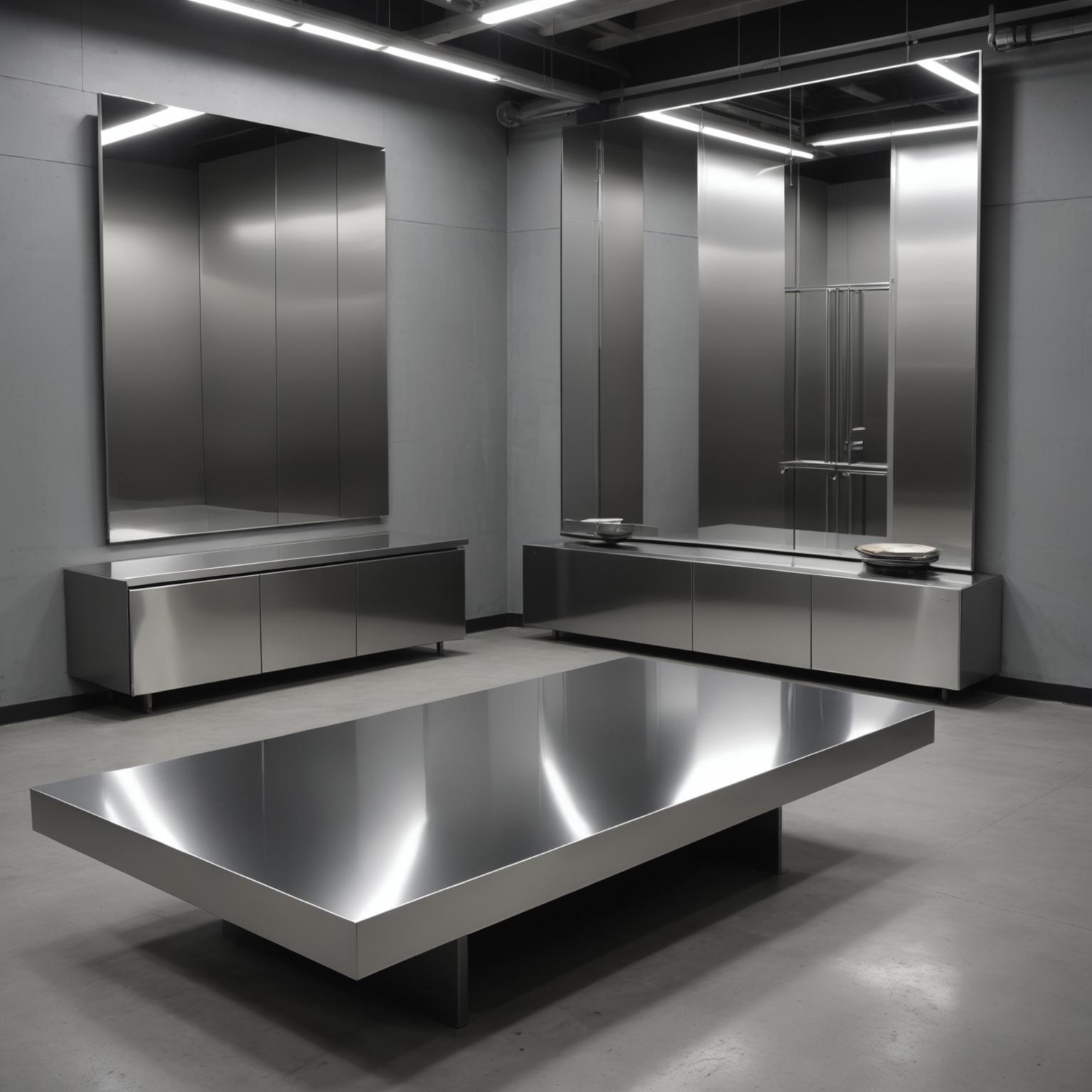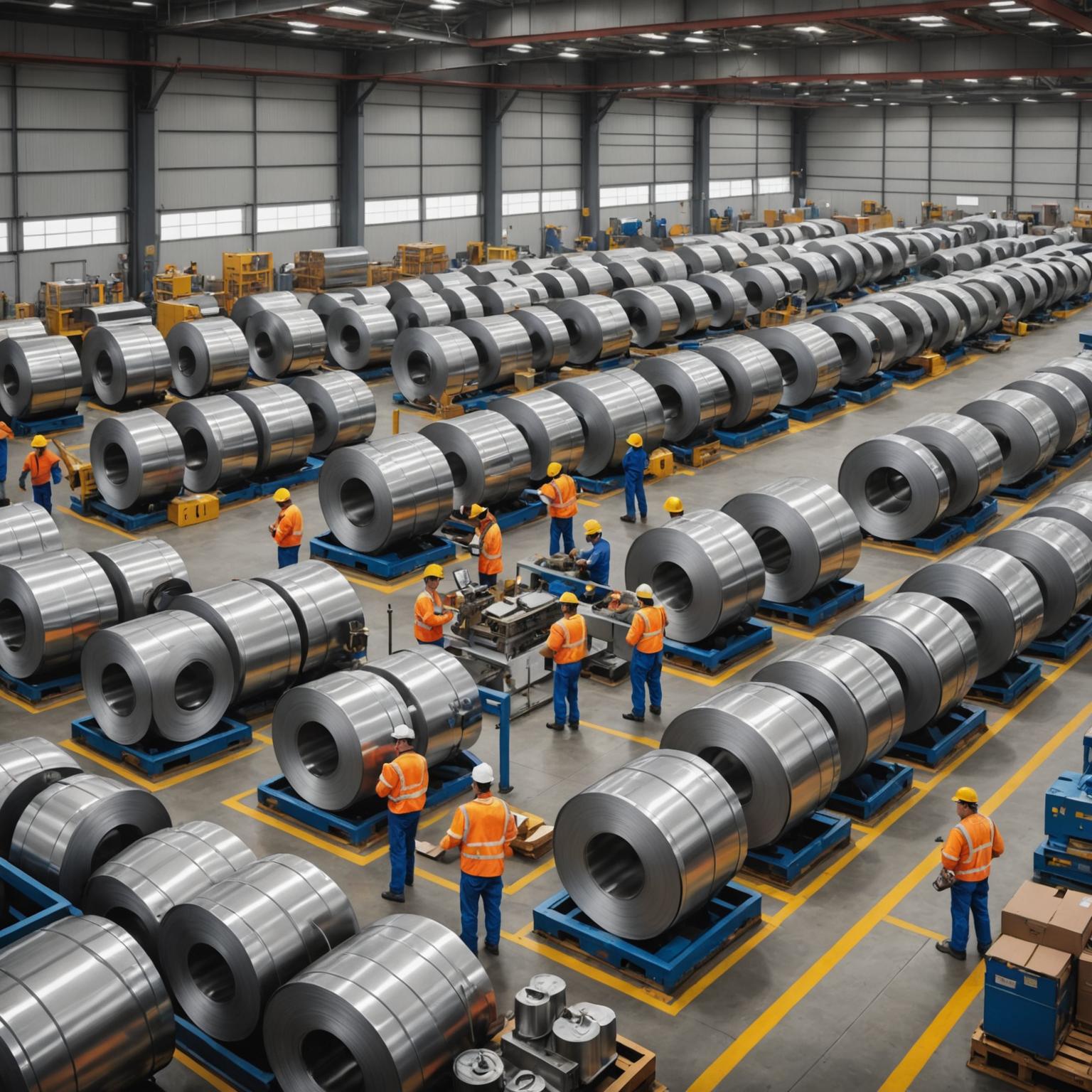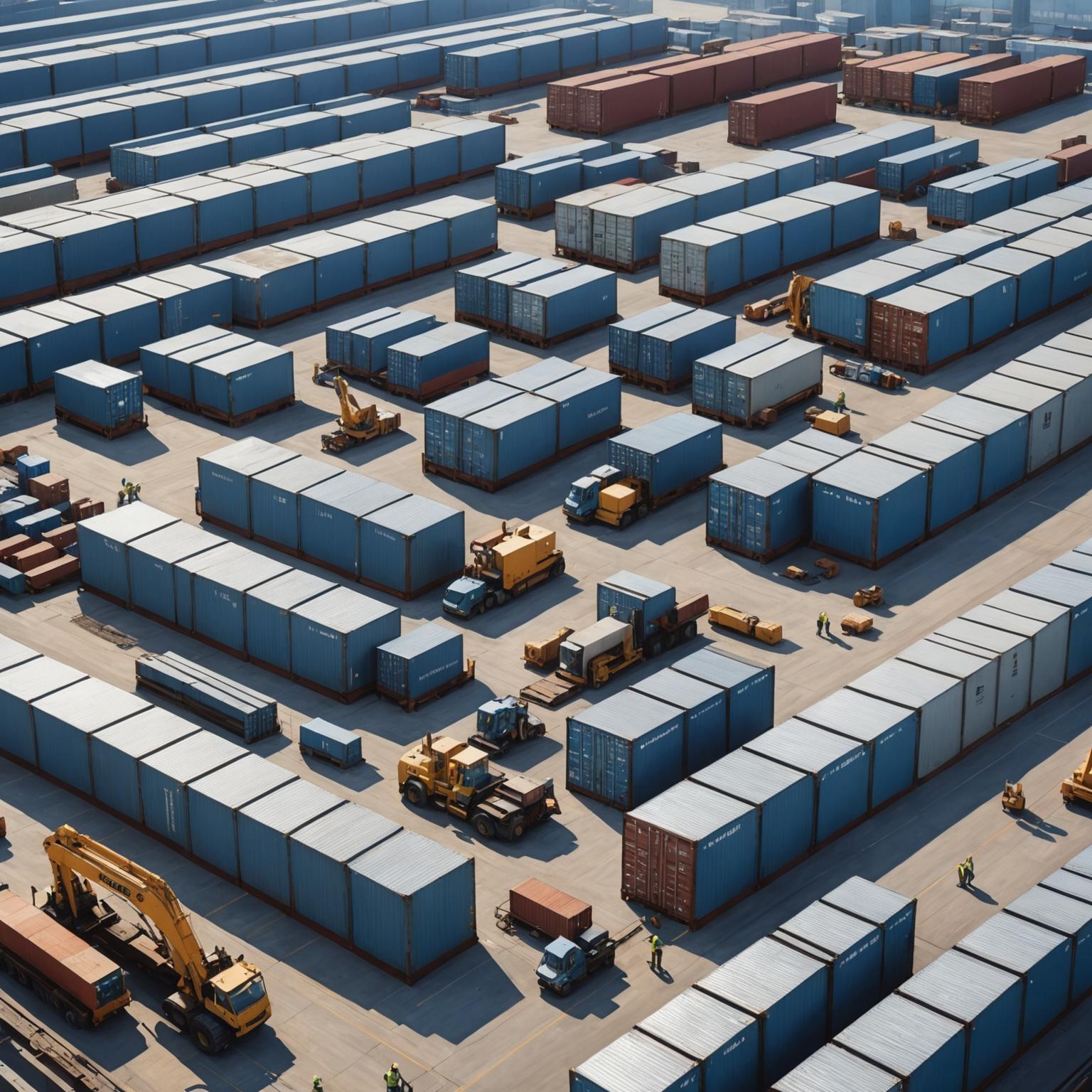Comprehensive review: Welding properties of high-quality stainless steel coils
In the field of modern industrial materials, high-quality stainless steel coils are the cornerstone of countless applications, and are highly praised for their toughness, aesthetic appeal and versatility. This review aims to delve into the characteristics of particularly noteworthy stainless steel coils and pay special attention to their performance in advanced welding techniques. The quality of the weld can develop or destroy a project, and the inherent characteristics of the coil itself play a key role in achieving the desired results. We will explore how the features described in this advanced product translate into the practical benefits of manufacturers and engineers relying on reliable and impeccable welds.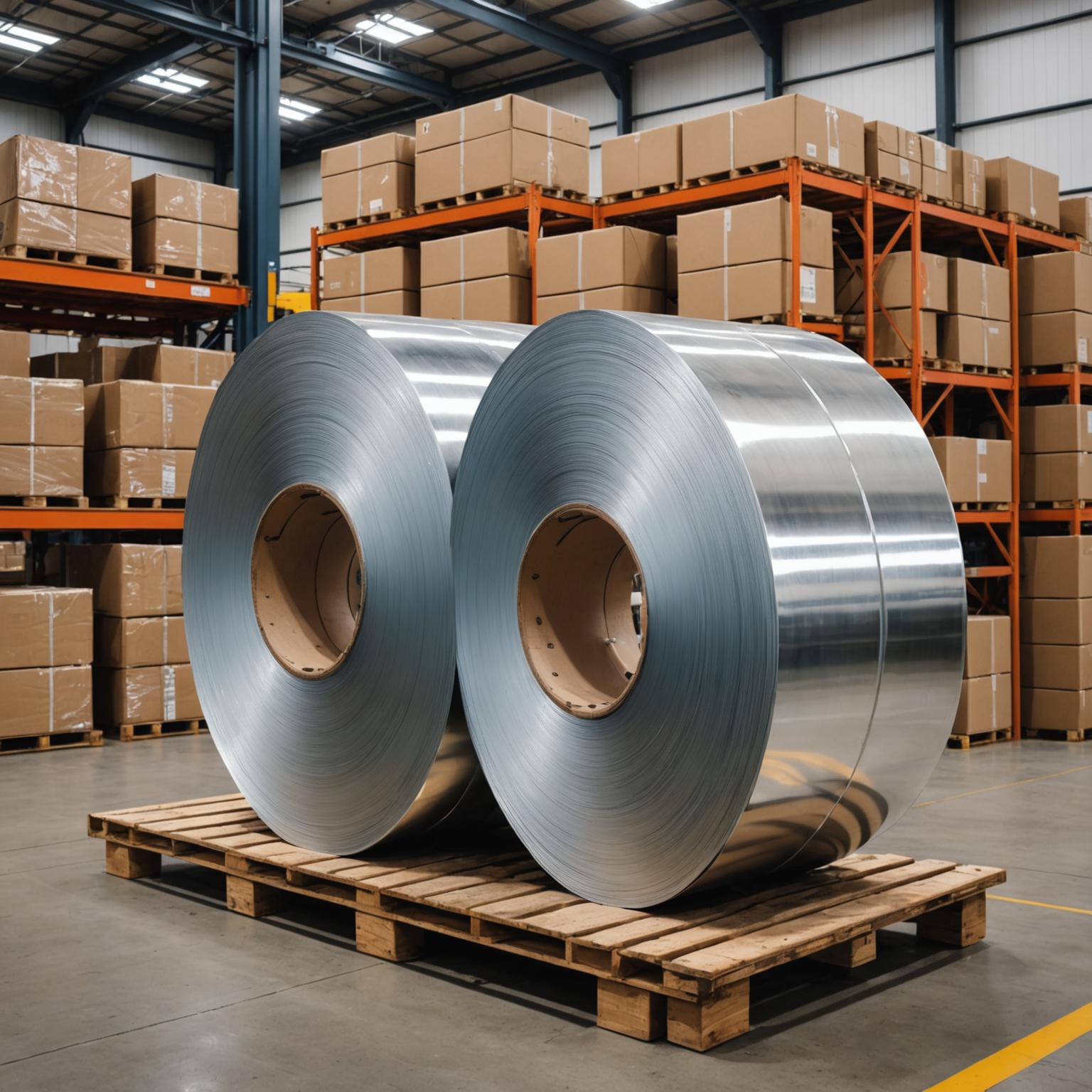
Excellent substance: Understanding the basics of superior welds
The basis of any successful welding operation begins with the material itself. The high-quality stainless steel coils under review are described as products of cutting-edge metallurgical processes, ensuring a lofty attention to detail. This manufacturing accuracy results in a perfect polished, smooth surface and reflective luster of the coil, indicating its high quality. For welding, it is more stringent, with a consistent thickness throughout the coil. This uniformity is critical in welding techniques as it minimizes changes in heat input requirements and ensures predictable welding penetration and bead formation. Inconsistent thicknesses can lead to defects such as combustion or inadequate fusion, which is due to the challenges alleviated by the precise engineering of the coil. Furthermore, its elemental strength and overall excellent quality are the direct result of these advanced manufacturing techniques, setting high standards for performance.
Unlocking welding: Enhance the function of the welding process
This particular stainless steel coil is highlighted by its excellent formativity and welding function. Expressibility is critical because it allows the material to be plasticized and manipulated before welding without causing excessive pressure or cracks, which may damage the subsequent welding process. When direct welding functions are involved, metallurgical composition and improvement processes reduce the presence of impurities, which may otherwise interfere with arc stability or lead to welds. Good welding capability means more eye-catching, stable arcs in the process and a weld pool that is easy to manage and flow well. The description of this product means it is intended to promote these aspects, making it the first choice for applications requiring high-fusion welded joints. Effective welding techniques are always complementary by the designed materials to be compatible.
Combined with this coil to evaluate welding technology
Stainless steel offers a variety of welding technology options, including TIG (Tungsten Inert Gas), MIG (Metal Inert Gas), laser welding and resistance welding. High-quality stainless steel coils (such as those described) are perfect for all of these methods. For example, its clean, polished surface is advantageous for TIG welding, which requires excellent cleanliness to achieve optimal results and produce aesthetically pleasing high-quality welding. Consistent thickness and excellent fit also make MIG welding beneficial for MIG welding, which makes welding speeds and a good bead appearance faster, especially in automated settings. Laser welding, known for its precision and low heat input, would capitalize on the material's consistency to produce narrow, deep welds with minimal distortion.
Post-welding performance: Durability and corrosion resistance review
Review of the suitability of stainless steel coil welding goes beyond the welding process. Post-welding characteristics are equally important. The coil is designed for specific corrosion-resistant resistance, a key feature in maintaining structural integrity in challenging environments. If it cannot be performed correctly, or if the material lacks the inherent protective quality, the welded joints may usually be points that are prone to corrosion. This product information mentions corrosion resistance and inherent drug resistance, which means that the heat-affected zone (HAZ) generated during welding will maintain significant corrosion resistance. This is crucial because in some stainless steels, sensitization (chromium carbide precipitation at wafer boundaries) may attract attention, resulting in intergranular corrosion. Advanced metallurgy of this coil may include stable or low carbon content to mitigate this risk, ensuring that life can be extended and maintenance costs of manufacturing components can be reduced even after strict welding procedures.
Industrial Impact: Multifunctionality across fields
Excellent material properties and excellent solderability combine to make this stainless steel coil highly suitable for a variety of demanding industries. Fields such as automotive manufacturing, construction, advanced engineering and high-tech manufacturing all rely heavily on stainless steel for its strength, durability and aesthetic quality. In automobiles, it can be used in exhaust components and structural parts that require strong welding. In the construction, it discovers the use of architectural elements, facades and structural support that are critical in appearance and lifespan. High-tech manufacturing and advanced engineering projects such as medical equipment or food processing equipment require the use of this type of coil and impeccable, seamless welds to achieve hygiene characteristics and high-quality finishes. The description of the product emphasizes its role as the backbone of industrial achievements, and its ability to meet these diverse and stringent requirements.
Manufacturing Integrity: Annotation of Production Standards and Sustainability
It is necessary to confirm that the environment of this high-quality stainless steel coil is the same. Referring to state-of-the-art facilities with high ceilings and well-organized production areas demonstrates a commitment to quality control and accuracy throughout the manufacturing process. Such conditions help to produce materials with the previously praised consistent properties. In addition, commitment to environmental protection processes and reducing carbon footprint adds another layer of value. In an increasingly critical era, sourcing materials from manufacturers that prioritize responsible practices is an important consideration for many businesses. This holistic approach to production, from raw material sourcing to final coil output, contributes to the overall reliability and appeal of the product.
Final evaluation: Excellent choice for welding applications
In short, this review found that, as mentioned above, advanced stainless steel coils are special materials involved in the application of welding technology. Its engineering consistency, excellent expressibility, inherent welding capabilities, and well-known post-welding properties (such as corrosive resistance regards it as a top choice). The advanced metallurgical process behind its creation ensures that not only meets the product, but may exceed the modern industry's demand for reliability, durability and performance. When leveraging this stainless steel coil, manufacturers and engineers can expect smoother operation, higher quality welding, and lasting results, making it a valuable asset in compromised projects that cannot be selected. Its stylish sophistication and commitment to sustainable manufacturing further enhance its position as a market-leading material.



